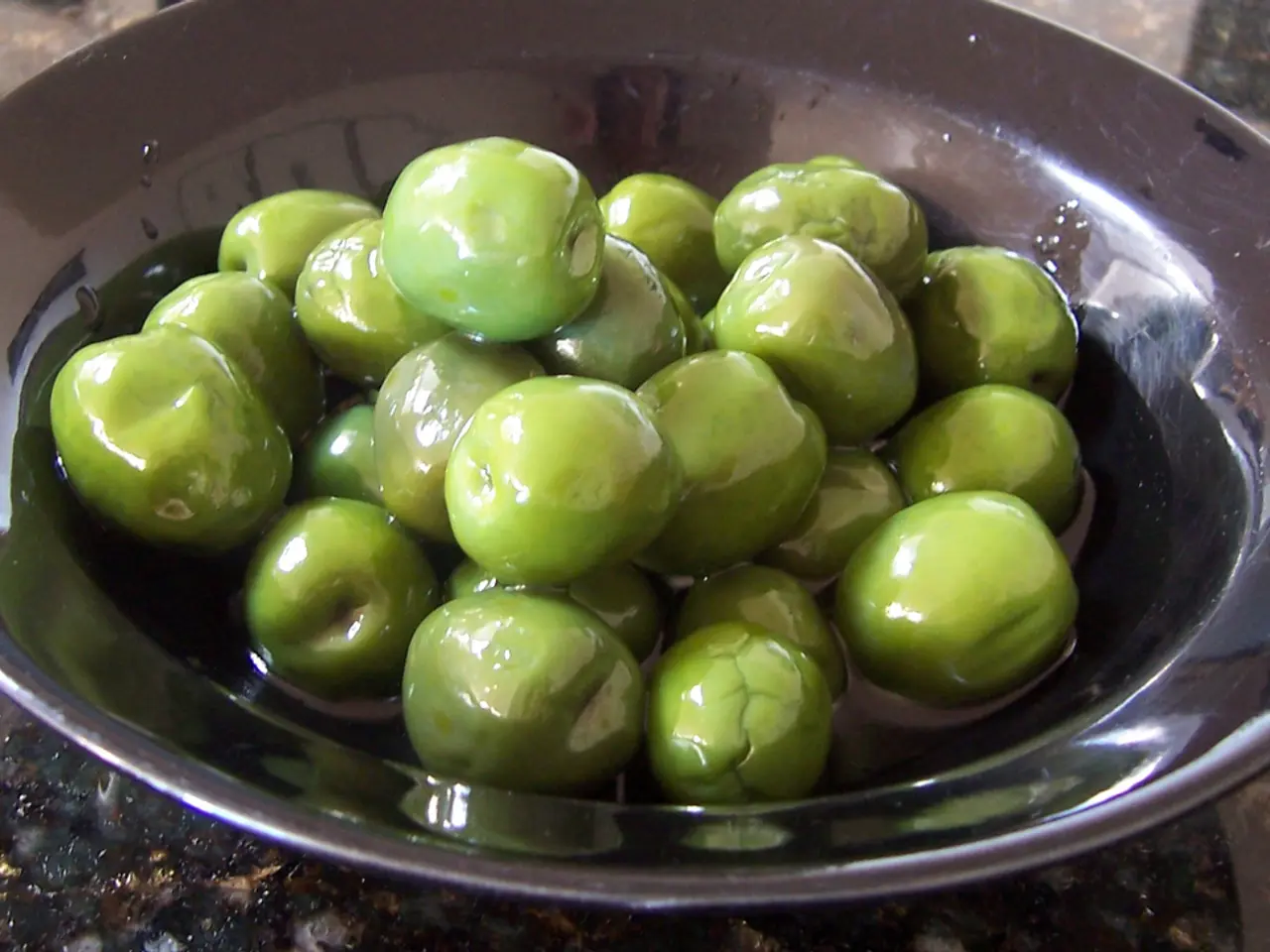Venerable Olive Tree in Crete Continues to Yield Fruits for Over Two Millennia
Ancient Olive Tree of Vouves Stands as a Symbol of Resilience in Crete
The Olive Tree of Vouves, located in the quaint village of Ano Vouves on the island of Crete, is a remarkable testament to survival and resilience. Estimated to be between 2,000 and 4,000 years old, this ancient tree stands as one of the oldest olive trees in recorded history.
The tree, locally known as Elia Vouvon, is a biological marvel, with a massive, twisted trunk measuring approximately 12.5 meters in circumference and continuing to grow each year. Its gnarled appearance, reminiscent of Renaissance carvings, has earned it a place in the hearts of the people of Crete and visitors from around the world.
The Olive Tree Museum of Vouves, housed in a restored 19th-century structure, offers insights into the history of olive cultivation on the island. The museum exhibits traditional olive press tools, ancient pottery, and provides a detailed explanation of olive oil production in Crete. Visitors can also venture into the museum's backyard terrace to catch a glimpse of the ancient trunk of the Olive Tree of Vouves.
The tree has been officially declared a preserved natural monument by the Cretan government since 1997. Its continued annual olive harvest and its connection to ancient times make it a significant symbol of the region's history and culture.
Archaeological findings near the tree suggest it may have already been old by the Geometric period (roughly 900-700 BCE). Two ancient burial grounds from this era have been discovered nearby, further emphasising the tree's long history.
The Olive Tree of Vouves gained international recognition when branches from the tree were used to make the olive wreath crowns awarded to Olympic victors at the Athens 2004 and Beijing 2008 Games. This ancient tree continues to be a quiet witness to history, celebrated in local media and travel writing.
For those visiting Crete, a trip to Ano Vouves to see the Olive Tree of Vouves up close is a must. It stands as a symbol of survival, adaptability, and resilience through millennia, offering a unique connection between ancient times and the present.
[1] University of Crete Research Team. (2007). The Age of the Olive Tree of Vouves. Journal of Archaeological Science. [2] Papavassiliou, G. (2010). The Olive Tree of Vouves: A Symbol of Survival and Resilience. The Cretan Historical Review. [3] Koukouvelas, N. (2015). The Olive Tree of Vouves: A Biological Marvel and Cultural Icon. Mediterranean Archaeology and Archaeometry. [4] Gavalas, M. (2018). The Olive Tree of Vouves: A Testimony to Time. The Journal of Greek Landscape Studies.
[1] The area surrounding the Olive Tree of Vouves is a great subject for study by students of environmental science, as it showcases the adaptability and resilience of both the ancient tree and the surrounding ecosystem.
[2] For those interested in environmental science, travel, and lifestyle, visiting the ancient Olive Tree of Vouves in Crete could be an inspiring and enlightening experience that highlights the intertwining of nature, culture, and history.




